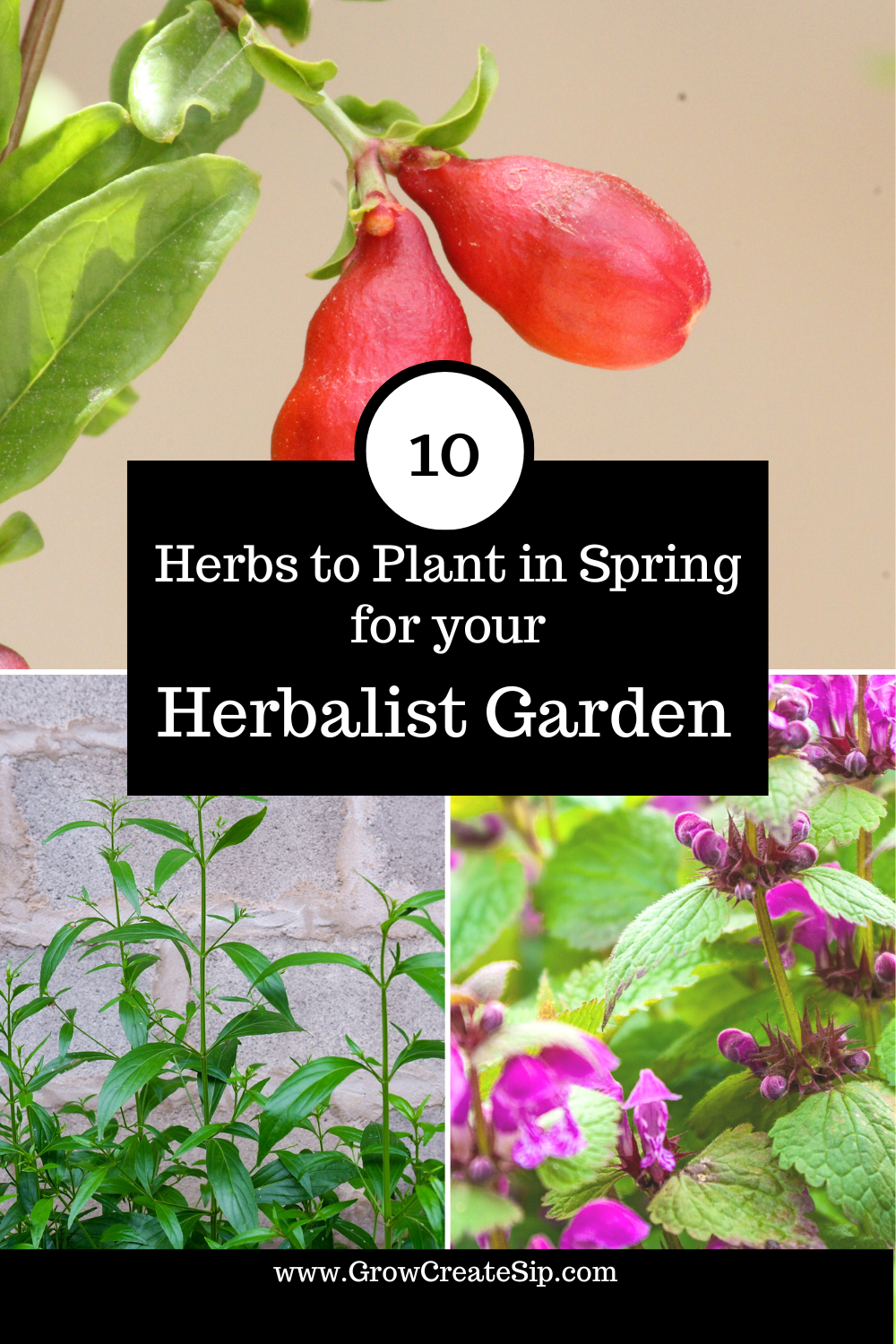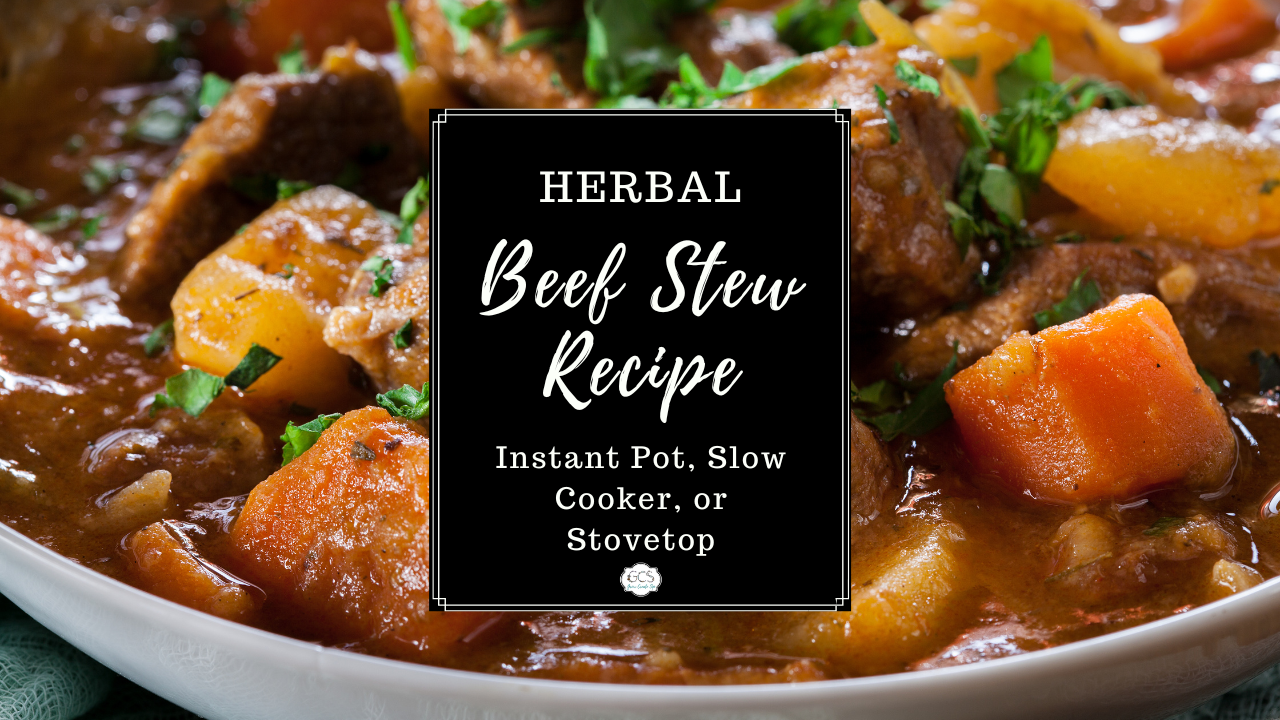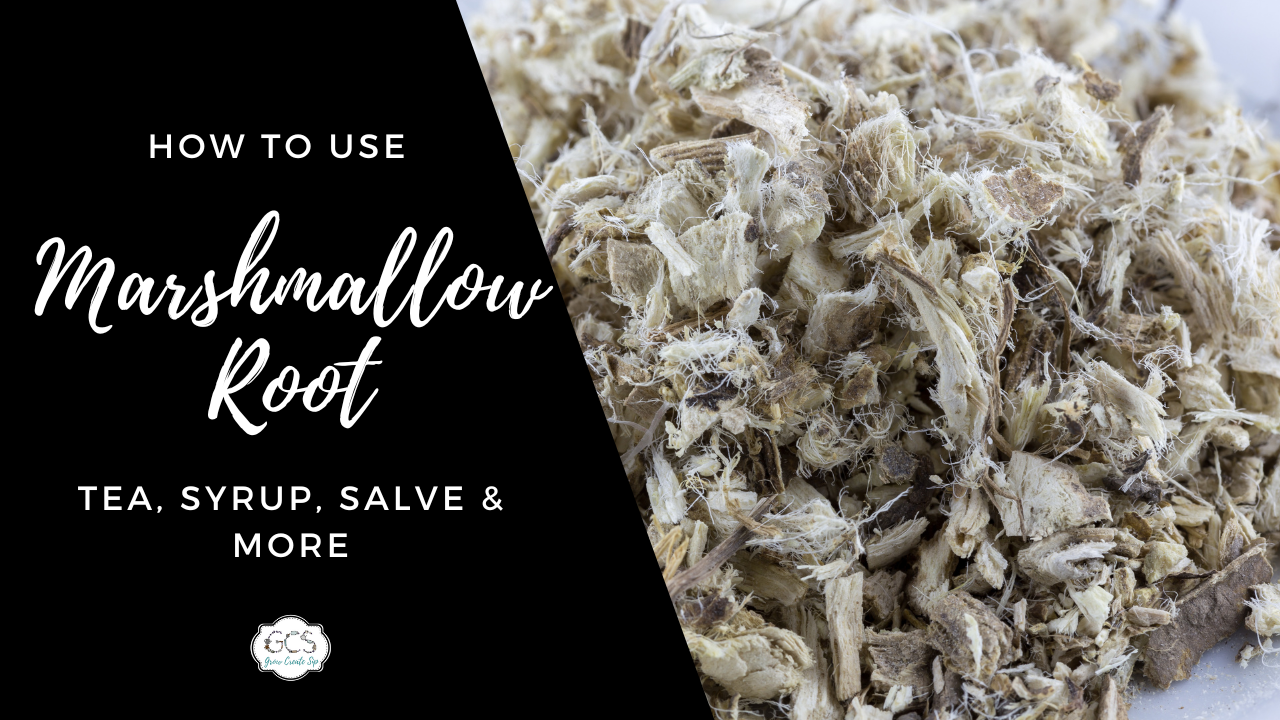Plant These 10 Herbs in Spring for Your Herbalist Garden
Mar 07, 2023
Plants have been used as medicine for thousands of years.
Today, much of the world's population uses herbal medicine in some form as remedies for a wide variety of ailments. It's time we planted some of these herbs in our own backyards!
What better time is there to grow healing plants than when the snow melts and spring is ushered in? Now is the perfect time to think about herbs to plant in spring gardens, so you can have their health benefits at your fingertips.
Are you ready to add some springtime herbs to your spring gardening to-do list? Before you decide, make sure you are aware of your plant hardiness zone to know which ones will grow best in the climate you live in.
Keep reading to find out everything you need to know about the eight best herbs to plant in spring for medicinal purposes.
The Legal Stuff
The contents of this blog are made available via St. Fiacre's Farm LLC through Grow Create Sip and Farmhouse Teas and are for informational purposes only. This blog does not constitute medical advice; the content is not intended to be a substitute for professional medical advice, diagnosis, or treatment. Always seek the advice of a qualified healthcare provider with any questions you may have regarding a medical condition. If you think you may be suffering from any medical condition, you should seek immediate medical attention. You should never delay seeking medical advice disregard medical advice or discontinue medical treatment because of information provided by St. Fiacre's Farm, Farmhouse Teas or Grow Create Sip. Reliance on any information provided by this webinar is solely your own risk. St. Fiacre's Farm LLC (along with Farmhouse Teas and Grow Create Sip) is a participant in the Amazon Services LLC Associates Program, an affiliate program designed to provide a means for our team to earn fees for recommending our favorite products! Along with additional affiliate programs not associated with Amazon. We may earn a small commission, at no additional cost to you, should you purchase an item after clicking one of our links. Thanks for supporting us!
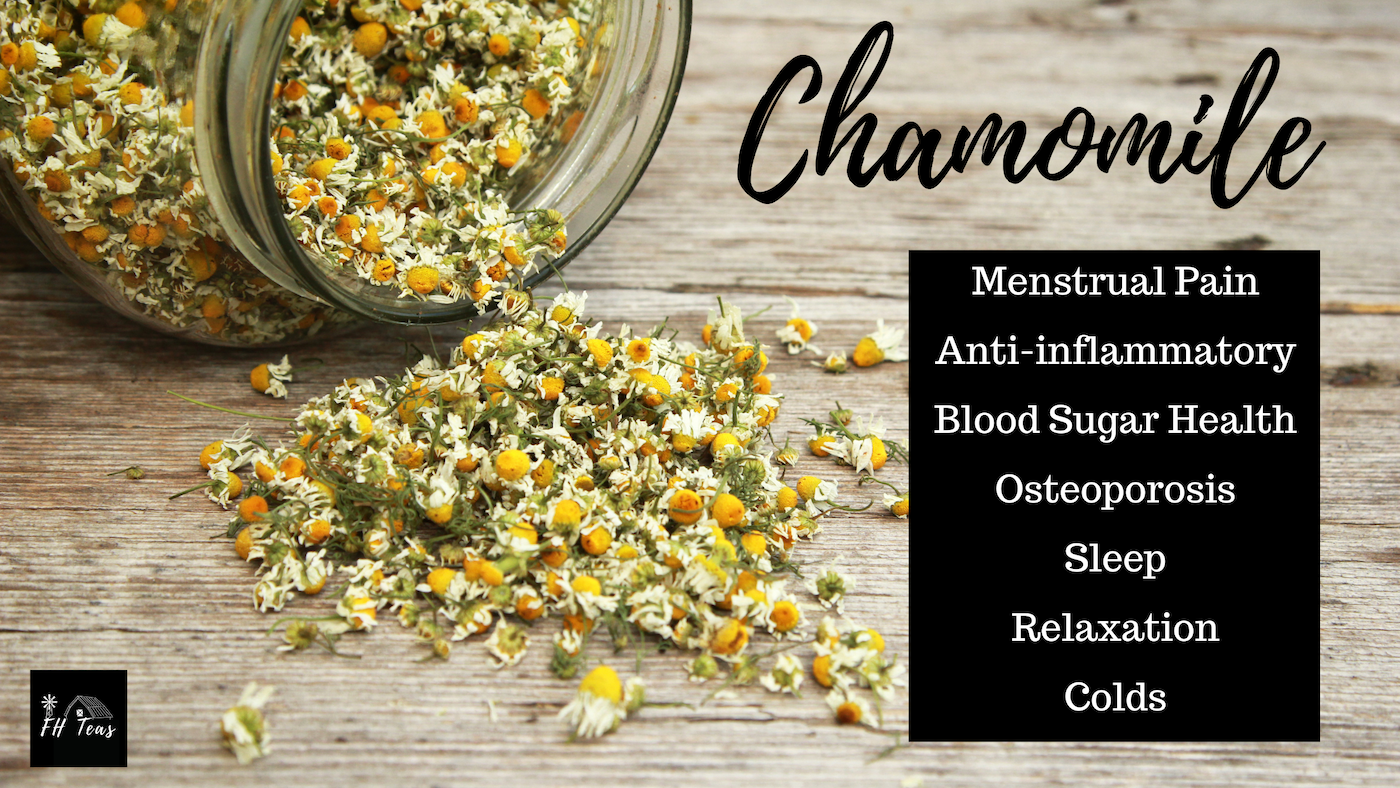
1. Chamomile (Plant Hardiness Zone 3-9)
If there is one plant that you should definitely plant in your spring garden it's chamomile! Chamomile is used around the world as a medicinal plant and makes an excellent herbal tea.
Growing Chamomile
The chamomile plant is easy to grow in many different environments and climate zones.
Plant your chamomile in full sun after the last spring frost. Sprinkle the seeds into the soil and press them into it. Chamomile plants do not like competition so make sure to keep weeds pulled.
Chamomile will begin to sprout in 10-14 days, and you'll have blooms by early summer. Harvest the pretty fragrant flowers when the blooms are fully open.
Medicinal Uses of Chamomile
Chamomile offers a wide range of proven medicinal uses. These include lowering levels of stress and anxiety, helping with sleep problems, reducing inflammation, and decreasing symptoms of cold and flu.

2. Ashwagandha (Plant Hardiness Zone 4-9)
Used in Ayurveda for thousands of years, ashwagandha is native to India but can be grown in gardens around the world. Also known as withania somnifera, it's an excellent addition to a healing herb garden. Ashwagandha grows as a perennial in growing zones higher than 7 but as an annual in cooler climates.
Growing Ashwagandha
When planting ashwagandha seeds, the soil temperature must be at least 70°F. The seeds will germinate in about two weeks. Maintain your ashwagandha plant at temperatures between 70°F and 95°F for optimal growth.
Between 150 and 180 days, at a height of 2ft to 3ft, the ashwagandha plant is mature, producing bright red fruit.
Once mature, harvest the roots and dry them for medicinal uses.
Medicinal Uses of Ashwagandha
Ashwagandha is commonly used to treat both physical and mental stress-related conditions. It is also known to strengthen the immune system and reduce inflammation.

3. Calendula (Plant Hardiness Zones 9-11 Perennial; Zones 2-11 Annual)
The orange and yellow blossoms of the calendula plant are more than pretty to look at and they are medicinal powerhouses as well! Calendula has antifungal, anti-inflammatory, and antibacterial properties and it's also one of the most affordable and productive plants!
Growing Calendula
After the last frost, plant the seeds directly into your garden or planter. Drop seeds every six inches, cover lightly with soil, then water them. Seeds will germinate within seven days and you will have beautiful calendula blossoms in six to eight weeks!
Calendula plants do well in full or partial sunlight but do not like the mid-summer heat. The plant thrives in spring and early fall, with a rich soil bed, and a minimum of six other calendula plants.
Medicinal Uses of Calendula
Calendula is known for its topical uses in the form of ointments and tinctures that heal wounds faster. It is also known to increase skin firmness and hydration and as a treatment for burns, cuts, and bruises. Calendula is also a lymphagogue and excellent for moving the lymphatic system.
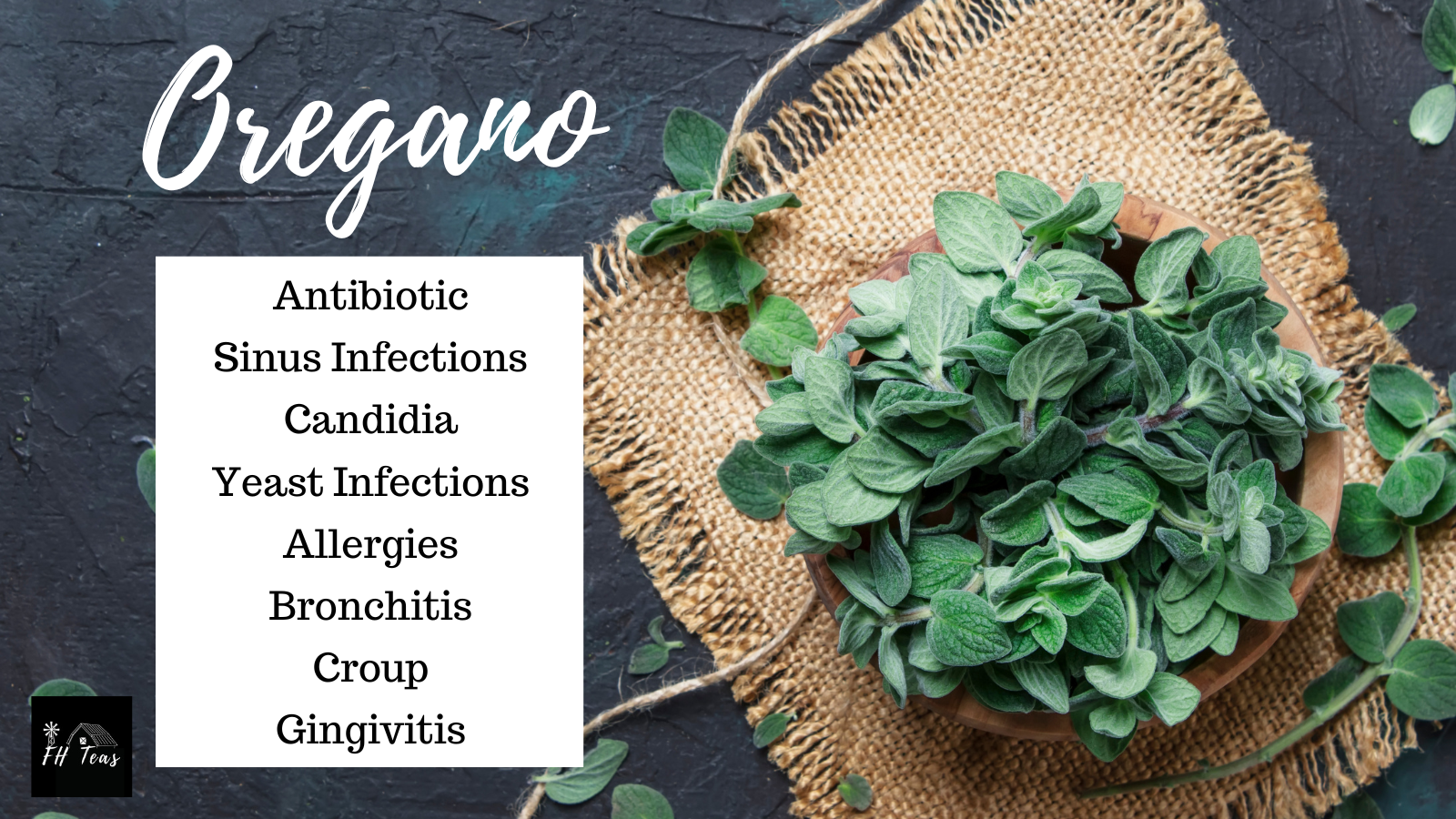
4. Oregano (Plant Hardiness Zone 5-10)
While we love oregano in our sauces, salads, and other savory dishes, oregano packs a strong punch when used as a natural remedy. It is one of the best herbs to grow in cooler regions as an annual plant but as a perennial in warmer climates.
Growing Oregano
Sow oregano seeds outdoors in full sun when the daytime temperatures reach 70°F. Place the seeds on top of the soil, then gently press them down, being careful not to cover them as they need light to germinate. Plant the seeds in rows about 20 inches apart.
Harvest the oregano before flowering, dry it, and use it throughout the year. The morning is the best time for harvesting when the natural essential oils are at their peak.
Medicinal Uses of Oregano
Oregano is known for its antibacterial, antimicrobial, and antifungal properties. It is an immune booster and is often used as an effective treatment for the often difficult-to-treat athlete's foot. Oregano is also good for colds and headaches.
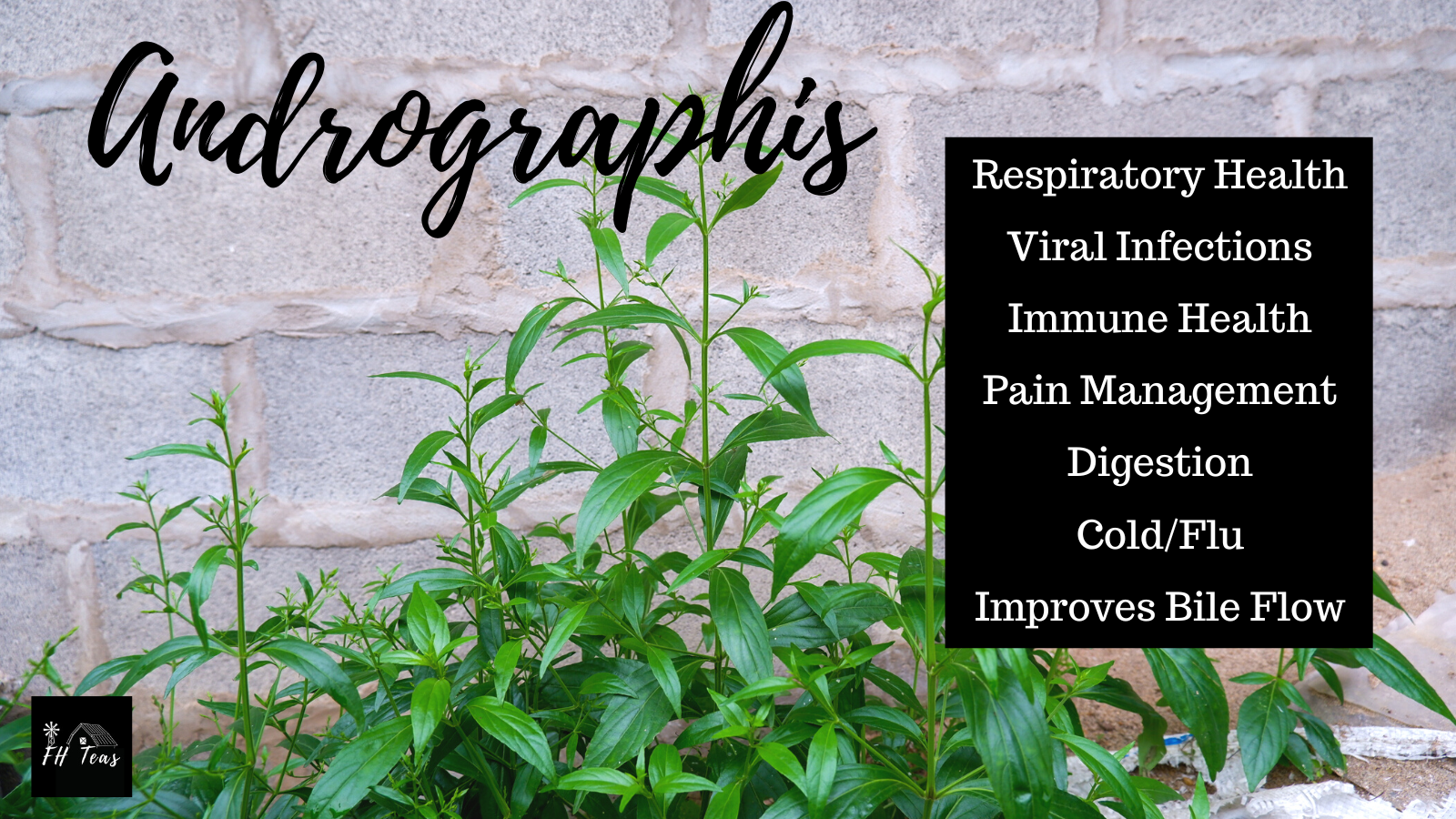
5. Andrographis (All Plant Hardiness Zones As An Annual)
Andrographis is one of the most common Ayurvedic and Chinese medicinal herbs. It's also sometimes known as King of Bitters, Kalmegh, or Chuan-xin-lian.
Growing Andrographis
Plant andrographis seeds in your outdoor garden in full sun after the last spring frost. Sow the seeds two inches deep and six to eight inches apart, watering lightly until the seeds germinate, in five to seven days.
Once the sprouts appear, water only when the soil is dry. Make sure you remove all weeds, as they compete with the andrographis for water and nutrients. When the flowers appear, you can use all parts of the plant for medicinal purposes!
Medicinal Uses of Andrographis
Taken as a tea, an infusion, or as a powder, andrographis has potent antipyretic (reduces fever), anti-inflammatory, and antibacterial properties. It is used to improve digestive issues and loss of appetite and is also known to help with arthritis pain and for calming cold and flu symptoms.
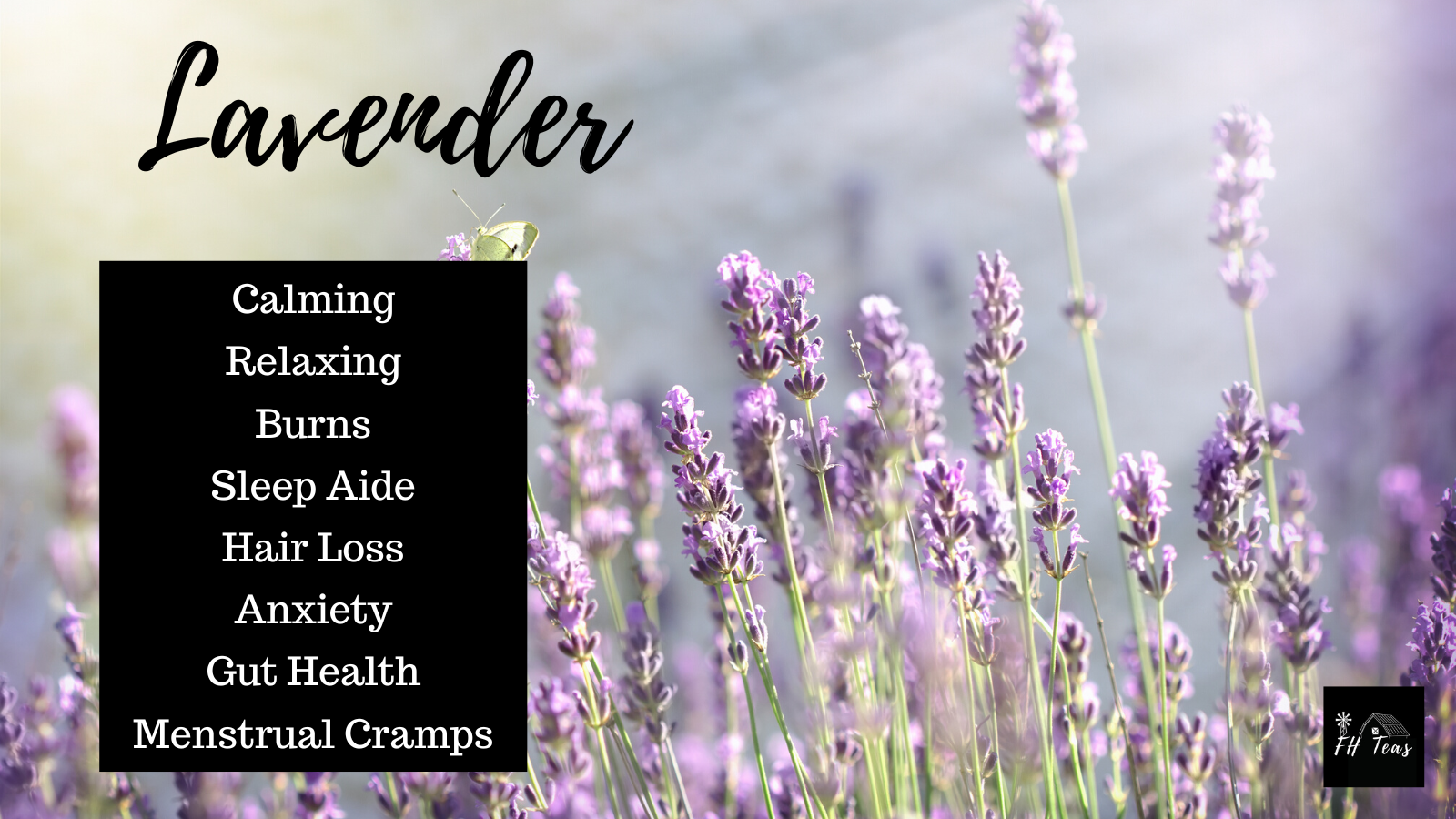
6. Lavender (Plant Hardiness Zones 5-9)
Lavender is appreciated for its fresh fragrance and beautiful light purple flowers. But when considering spring plantings, lavender is a great choice for should its medicinal value as well.
Growing Lavender
For best results, start the germination of your lavender plants indoors. Cover the seeds lightly with the soil. Germination takes 14-21 days.
Once germinated and the seedlings are growing, plant your lavender plants in full sun in fertile, well-drained soil. Gather the flowers as they bloom and dry the leaves on trays or by hanging them in small bunches. Learn more about how to plant and care for lavender here.
Medicinal Uses of Lavender
Lavender has antiviral and antibacterial properties and is used as a remedy for a wide range of ailments. These include anxiety and depression, insomnia, alopecia, and fatigue.
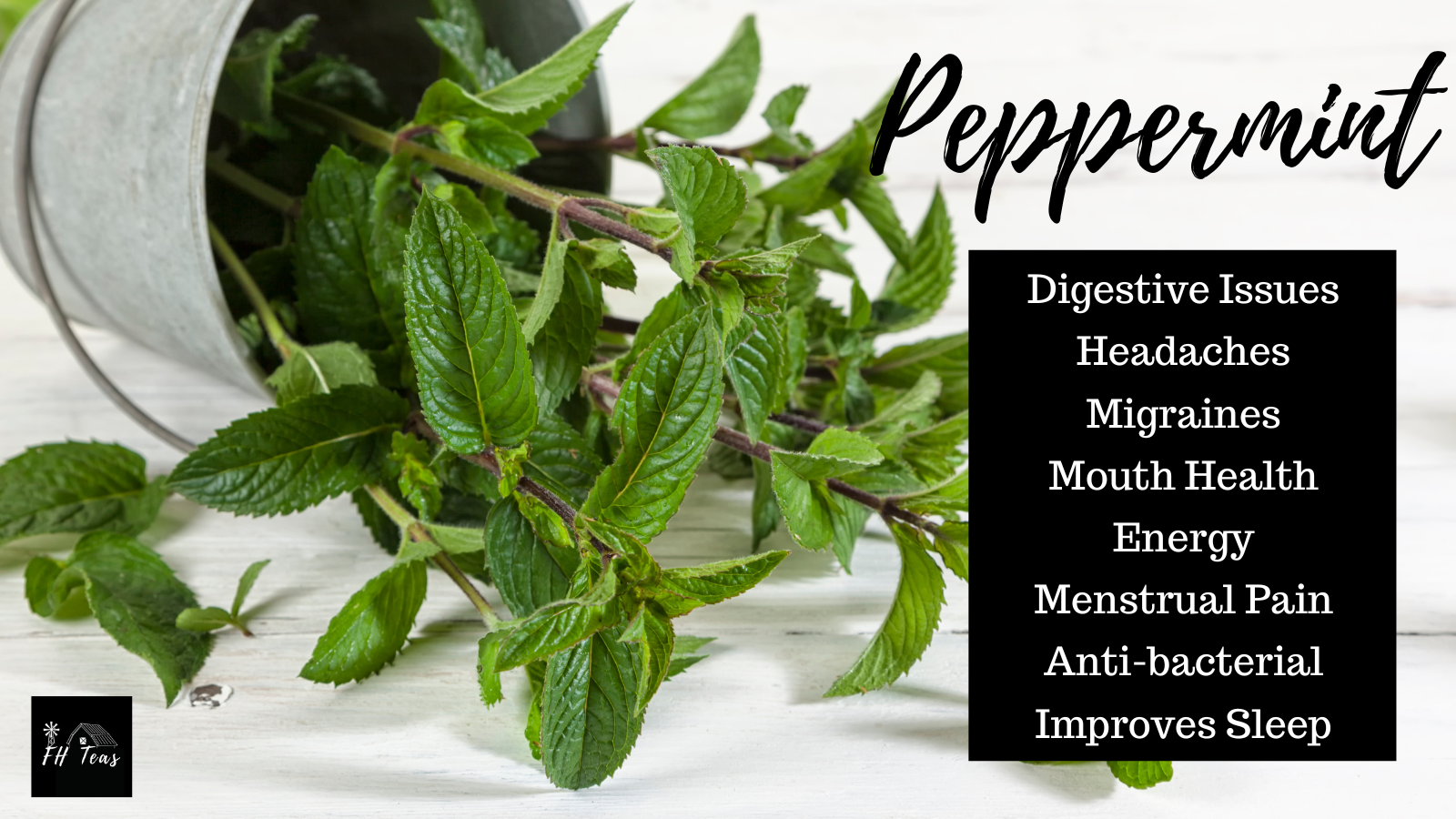
7. Peppermint (Plant Hardiness Zones 3-8)
Who doesn't love the fresh, peppery smell (and taste!) of peppermint? This pleasant herb is also a king among medicinal herbs and is a great choice among herbal spring perennials.
Growing Peppermint
Peppermint is an easy-to-grow plant that prefers a cool moist climate and well-drained, rich soil. Sow the seeds indoors eight to ten weeks before the last frost and then plant them outdoors in the late spring.
Plant peppermint plant seeds in a part-shady or full-sun location. In zones where the temperatures go above 85°F for many days of summer, it may require protection from the heat, as the leaves may dry up.
Peppermint plants can grow uncontrollably in a garden, so you might choose to plant them in a large planter instead.
Medicinal Uses of Peppermint
Whether as a tea, tincture, or oil, you can treat a wide range of ailments with peppermint! Research shows that it is effective for treating stomach issues (IBS, diarrhea, nausea, indigestion), muscle and nerve pain, cold and flu symptoms, as well as symptoms of depression and anxiety.

8. Echinacea (Plant Hardiness Zones 3-9)
Commonly known as "coneflowers", these flowering plants attract and feed butterflies and birds and offer a wide variety of benefits for us as well! And the best part? They grow well in a spring home garden.
Growing Echinacea
Echinacea is easy to grow from a seed but it requires stratification which is a cold, moist period that is needed for the plant to germinate.
Sow seeds indoors for eight to ten weeks before planting outside. Keep the sowed seeds in darkness before sprouting and as soon as the sprouts appear, put them in bright light.
Once the echinacea plants are planted outdoors, they will grow as annuals in most climates every year.
Medicinal Uses of Echinacea
Echinacea is used to reduce the severity and duration of the common cold and flu. It also reduces the associated symptoms such as cough, sore throat, and fever. High in antioxidants, echinacea also has positive, immune-boosting effects.
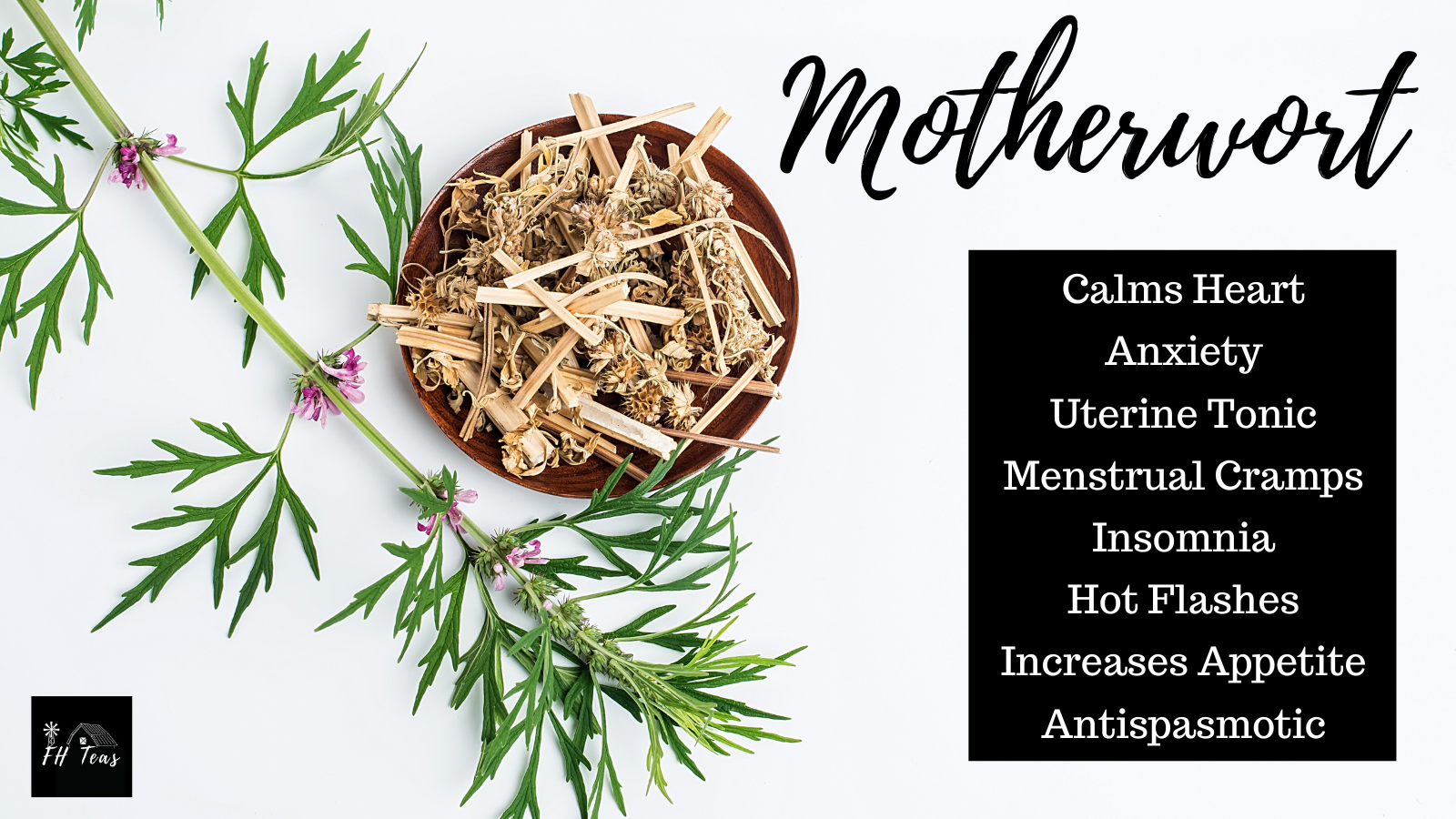
9. Motherwort (Plant Hardiness Zone 4 and Up)
Motherwort is not a fussy herb and it is easy to grow anywhere and is a great medicinal herb for your garden. It's a spiky-looking perennial that can often reach heights of 5' tall.
Growing Motherwort
Motherwort is easy to grow from seeds or transplanted into a garden, however, the seeds must go through a stratification process before planting. It grows in all types of light conditions, so it's practical to plant anywhere you have the space for it.
Plant motherwort in a garden bed with spaces of two to three feet between the plants. Motherwort grows quickly, so take care to ensure it doesn't spread beyond its designated growing space.
Medicinal Uses of Motherwort
Motherwort is aptly named as it is often used to treat gynecological conditions such as postpartum depression and menopause, to reduce symptoms of PMS, and to regulate menstrual cycles. It is also used as nervous system support, including to reduce anxiety, panic attacks, and stress that is associated with heart palpitations.
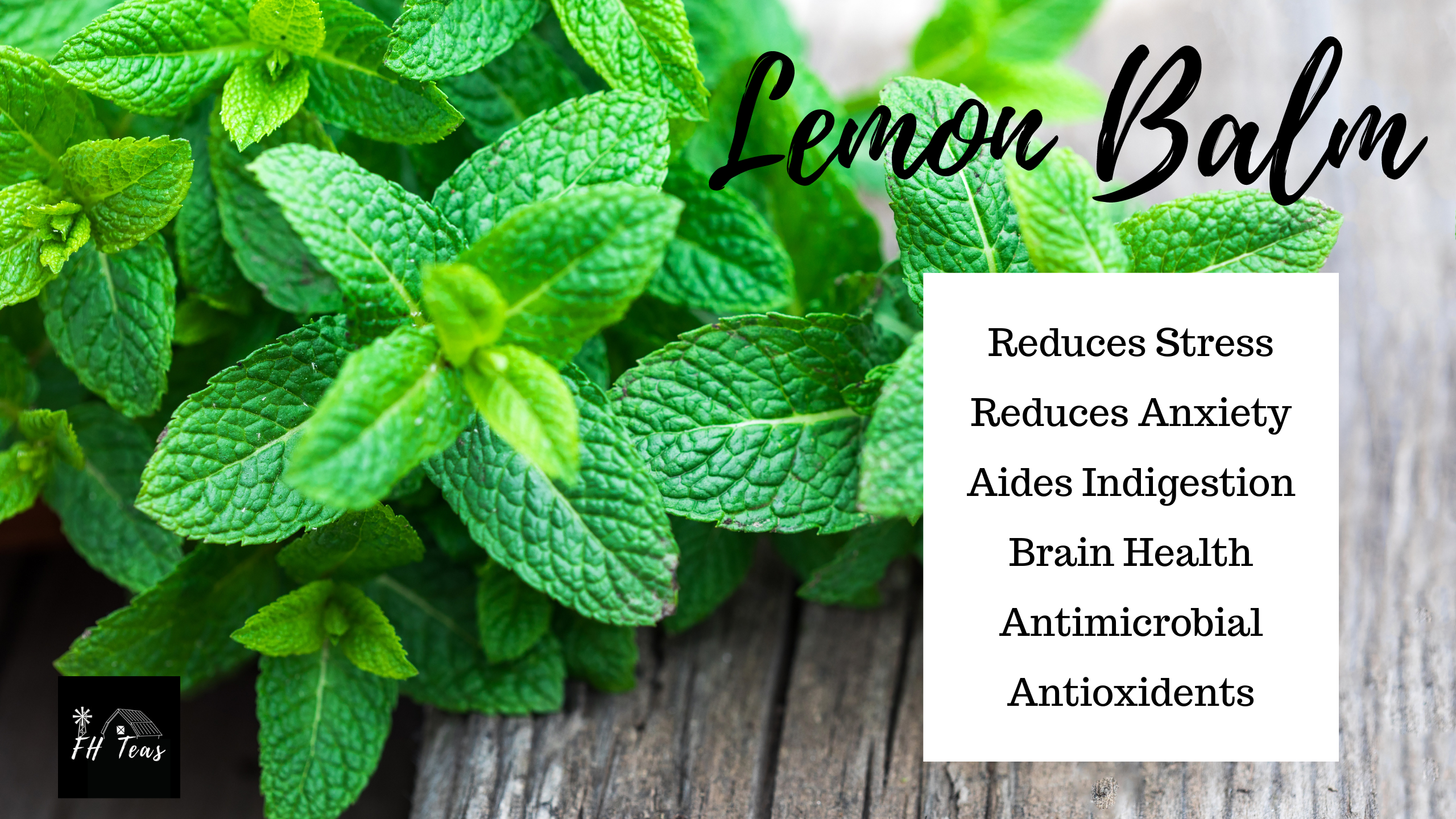
10. Lemon Balm (Plant Hardiness Zone 4 to 9)
Lemon balm is a perennial herb with a fresh lemony scent that provides great medicinal value. It is an excellent choice to plant in a spring herb garden and it pairs well medicinally with the #9 on the list is motherwort!
Growing Lemon Balm
Lemon balm is easily grown from seeds, seedlings, or cuttings. They are not finicky, they will grow in full to part sun and don't require a lot of upkeep.
It is, however, a good idea to keep your lemon balm plants trimmed because they can become invasive.
Medicinal Uses of Lemon Balm
Lemon balm helps to reduce stress and anxiety and for improving sleep. It also helps to regulate appetite and to ease pain and discomfort from digestive ailments as well as one of the best herbs for headaches.
Ready to Start an Herb Garden?
Now that you know about some easy-to-grow herbs with great medicinal value, you are ready to get started! If planning an herb garden feels daunting, download our free raised garden box plan to simplify the process.
Once you've got a garden full of healing herbs, you can incorporate them into your lives in many ways. These include:
- Using them in meals and beverages
- Making oils and tinctures
- Making skincare products
- Learn how to blend them into teas (try our free tea blending workshop!)
Herbs to Plant in Spring
When choosing the best herbs to plant in spring, it's important to consider your growing zone. Some plants may be grown as perennials, while others will only thrive as annuals. But once you figure out which herbs you can grow with ease and love to use as medicine, the rest is easy! Planning and planting your herb garden is pretty simple especially when you have the right tools. Spring is a great time to start but there are so many other herbs to plant throughout the year.
I'd love to invite you to join us in the Herbal Studio & Communi-tea, a group of like minded gardeners and herbalists diving deep into the wonder's that God placed in these plants. I'd love to know though, what herbs do you already have in your garden? Leave me a comment below and share, you might just give others some ideas of what their herbalist garden is missing!
More Herb Gardening Posts to Enjoy
- How to Grow a Garden Vertically
- Companion Planting Chart for Herbs
- How to Grow An Herbalist Garden
- How to Stratify & Scarify Herbs
- 6 Tips on How to Grow An Herbal Garden
- Headache Remedies & Best Teas for Headaches
